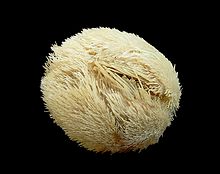| Loveniidae | |
|---|---|
 | |
| Echinocardium cordatum | |
| Scientific classification | |
| Domain: | Eukaryota |
| Kingdom: | Animalia |
| Phylum: | Echinodermata |
| Class: | Echinoidea |
| Order: | Spatangoida |
| Suborder: | Brissidina |
| Superfamily: | Spatangoidea |
| Family: | Loveniidae Lambert, 1905 |
| Genera | |
See text | |
Loveniidae is a family of heart urchins in the order Spatangoida.


